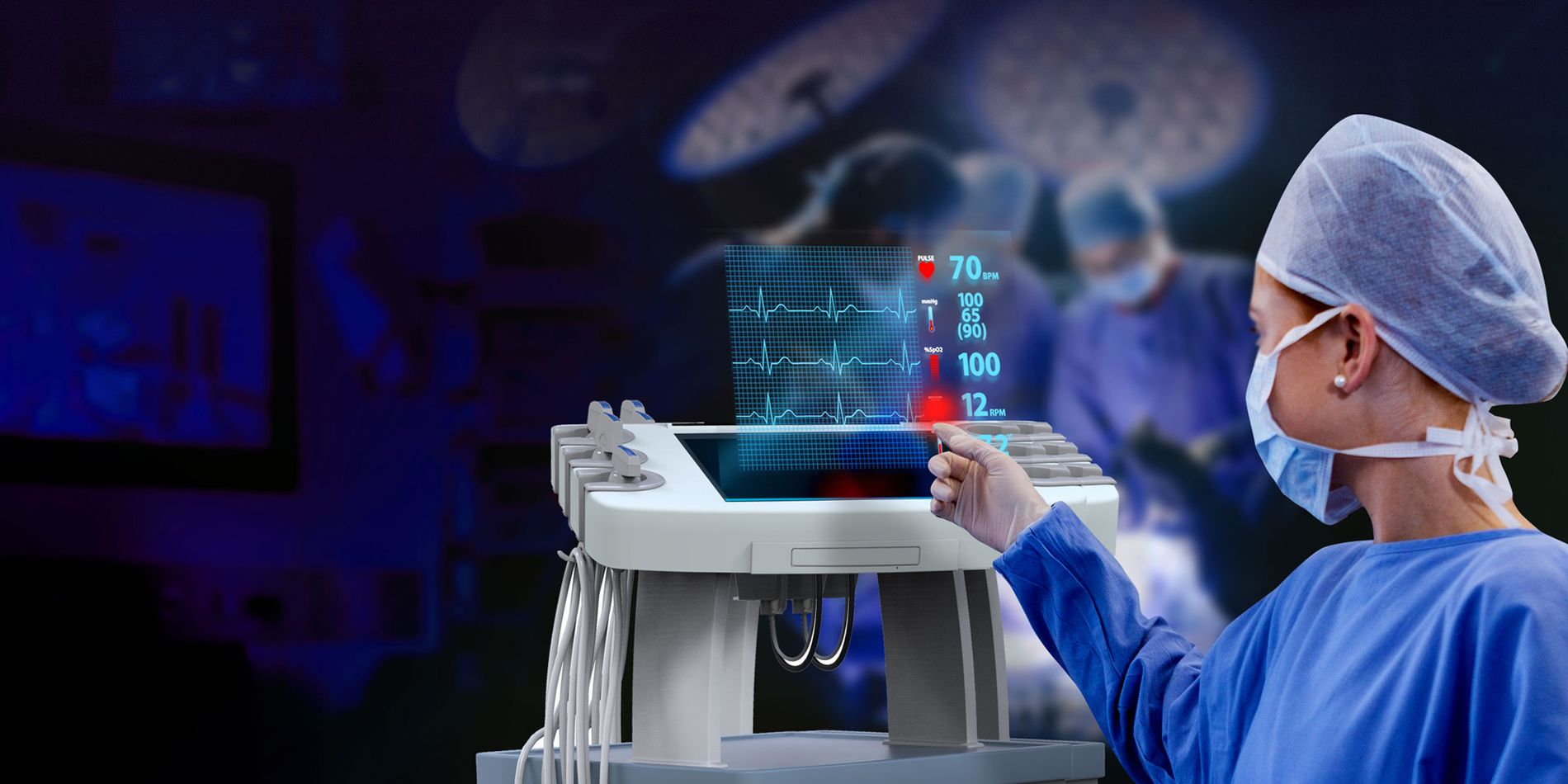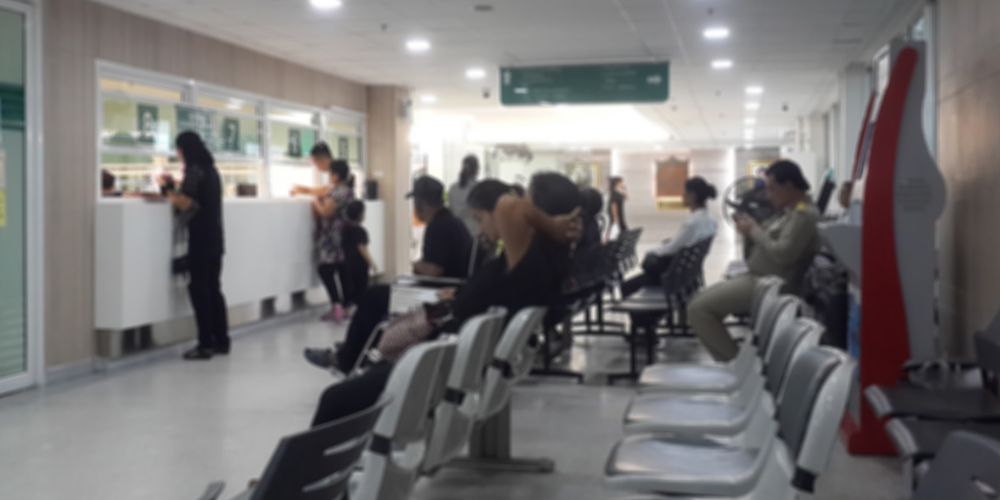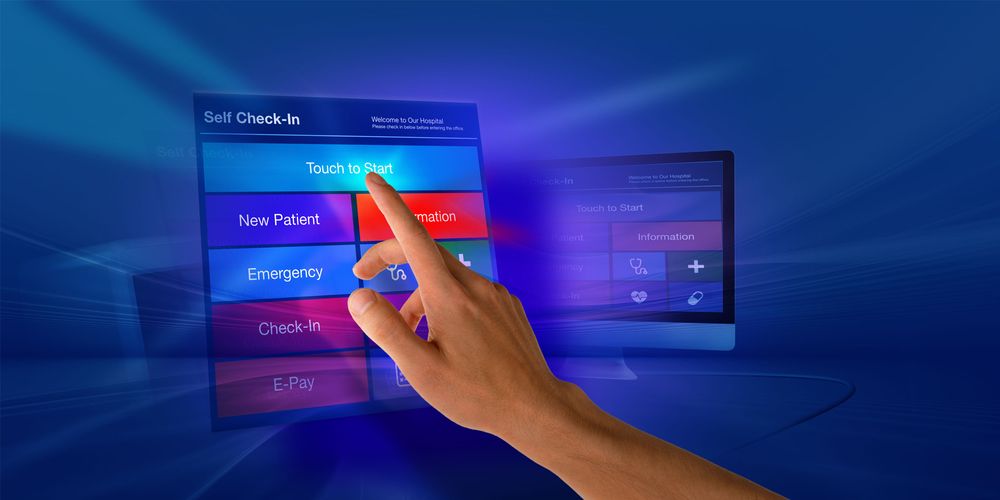クッキー設定

医療機器と患者モニターにホログラフィック技術を採用し、病院での病原体感染を低減。
医療用カート、患者用モニター、その他の病院設備に革新的なホログラフィック機器を導入することで、病院内のタッチポイントの高い機器の表面接触を実質的に排除し、患者と医療スタッフを保護することができる。
パンデミックを経験した後では、私たちの多くは公共の場を訪れる際の振る舞いが多少変わったと言える。よくある表面に触れる前に二度考え、列に並ぶときは距離を置き、混雑した場所を完全に避けることさえある。
人によっては、この回避は用心深さによるものではなく、パンデミック後の不安による強迫観念である。 パンデミック後の不安.COVID後の病院回避は、COVID19によるトラウマを医療機関と結びつけて考える人に特に当てはまり、それが自分自身の経験であれ、非常に疫病が流行した時期に入院した最愛の人を失ったという思いであれ、である。
CDC CDCは、米国の成人の41%がパンデミックの間、COVIDへの懸念から医療を避けたと推定している19。米国内の約100万の国立病院のデータを分析した別の研究では、次のような結果が報告されている。 入院率の低下は、意図的な選択手術の延期によるものであったが、憂慮すべきことに、脳卒中や急性心筋梗塞などの急性内科疾患による入院の減少が多くの病院で報告されている。また、伝染病への恐怖からくる不安や社会的な懸念が、急性疾患を持つ人々が、その病気が生命を脅かすものであるか否かにかかわらず、病院への受診を避ける主な理由であるとも結論づけている。

病院の受診回避は、公衆衛生の実践に影響を与え続けている。定期的な受診回避は、慢性疾患の管理や転帰を悪化させる可能性のある新たな疾患の早期発見の機会を逃す危険性を高める。このような行動はまた、将来にわたって罹患率と死亡率を増加させると予測されている。
世界中の責任ある良心的な病院や公衆衛生当局は現在、医療支援を必要とする人々に助けを求めるよう促すため、より大きな説明責任を果たしている。そこで画期的な ホログラフィック技術を採用することである。
未来技術で医療カートと患者モニターを非接触ゾーンに変える。
移動式投薬カートやポイント・オブ・ケア・コンピューター・カートは、現代の医療施設には欠かせないツールであるが、細菌やその他の感染因子の媒介物にもなりうる。最近の 研究によると、医療従事者と患者の間の物理的相互作用の43%が、患者と移動式医療カートに触れていることがわかりました。他の研究では、平均的なコンピューターとラップトップ キーボードには、1平方インチ当たり350万個以上のコロニー形成ユニット平方インチあたり350万個以上のコロニー形成単位が存在すると結論づけている。これらの研究は、米国の平均年間病院予算を284億ドル以上に押し上げる医療関連疾患の犠牲と相まって、タッチフリー機器を使用することの重要性を浮き彫りにしています。
ホロメッドは、Holo Industries社が開発したホログラフィックインサートの製品ラインです。 ホロ・インダストリーズ医療用カート、患者モニター、その他の医療製品用に設計された。HoloMedを設置すると、従来の表面やタッチスクリーンがホログラフィック・ディスプレイに変わり、空気中のインタラクションで制御できるようになる。共有の表面に触れる必要がないHoloMedは、医療関連感染(HAI)の伝播と、病院内のタッチポイントの減少による患者の不安の両方を軽減するのに役立つ。

ホログラフィック・ヒューマン・マシン・インタラクション
この新しいヒューマン・マシン・インタラクション(HMI)は、ホログラフィック・タッチによって可能になりました。ホログラフィック・タッチは、特別な照明やメガネ、ヘッドギアなしで、正確で応答性の高い空中インタラクションを提供する革新的な新技術です。iPhoneやiPadのようなタッチ・ディスプレイでできることはすべて、宙に浮いている状態でもできるようになったのです。HoloMedを開発したHolo Industries社は、次のようなものを選びました。 ネオノード・タッチセンサー・モジュールセンサーに使用されている光反射技術により、ユーザーは指、手袋、ペンを問わず、投影された画像とマルチタッチインタラクションを行うことができます。
「ホロ社では、医療機器を清潔に保ち、ウイルスや微生物、その他の感染因子を排除することの重要性を理解しています。ホロ社CEOのグレン・イモバーステグ氏は、「ホロ社は、医療機器を清潔に保ち、ウイルスや微生物などの感染因子を排除することの重要性を理解している。「この理由だけで、当社の革新的な病原菌フリーのホログラフィック・タッチ技術とHoloMed製品は、いずれすべての病院や診療所の標準になると信じています。
続きを読む
全文を見る ホロ・インダストリーズ社のプレスリリース.
ホロ・インダストリーズ社について
Holo Industriesはホログラフィック・タッチ™の発明者であり、ホログラフィック・プレート、光学、センサー、独自のソフトウェアおよびハードウェア・コンポーネントを組み合わせて、反応性の高い空中インタラクションを実現する破壊的技術である。ホロ・インダストリーズ社は対話型ホログラフィック・システムの開発・供給企業であり、自動車、ホスピタリティ、銀行、医療、小売、運輸の各分野で、フォーチュン500に名を連ねる大手企業の多くでプロトタイプが流通している。
Neonodeタッチセンサモジュールについて
ホログラフィック技術ホログラフィック技術は、鏡面投影板を使用して光を方向転換し、浮遊するイメージを作成します。投影画像を当社の タッチセンサーモジュールと組み合わせることで、完全にインタラクティブな空中ホログラムを作成することができます。
お問い合わせまでご連絡ください。